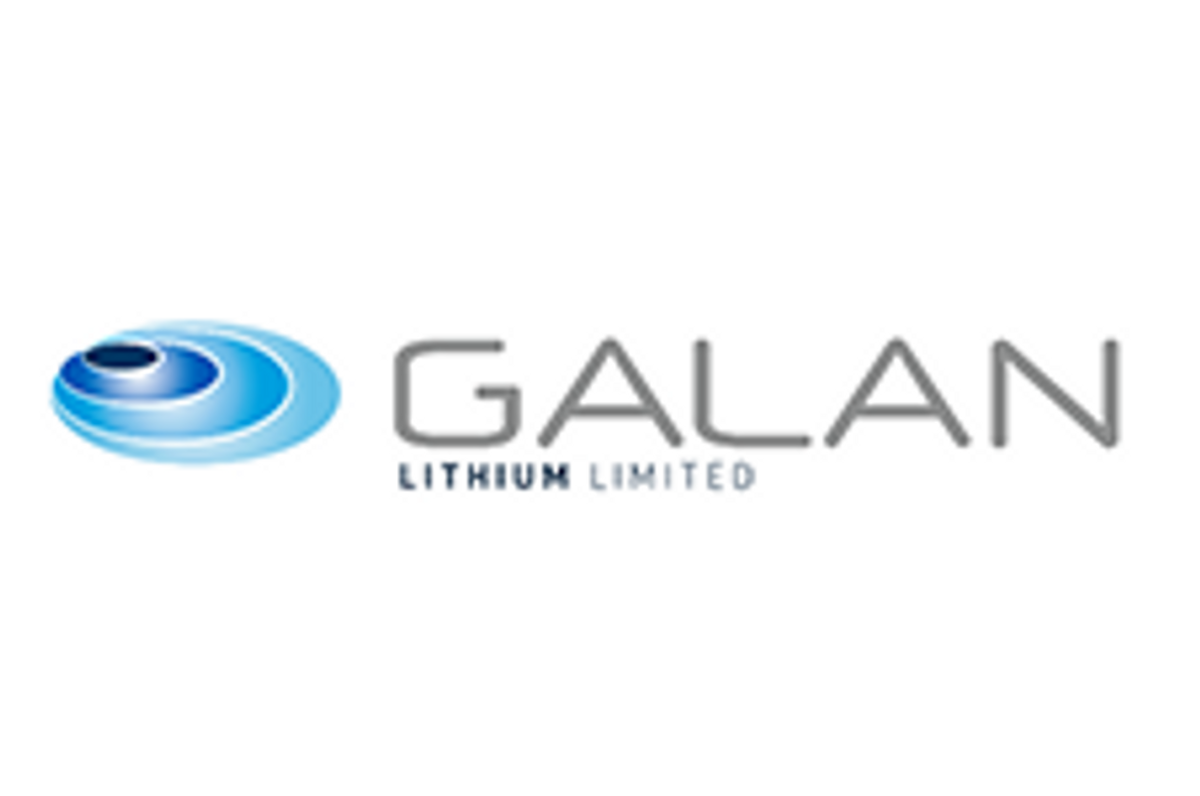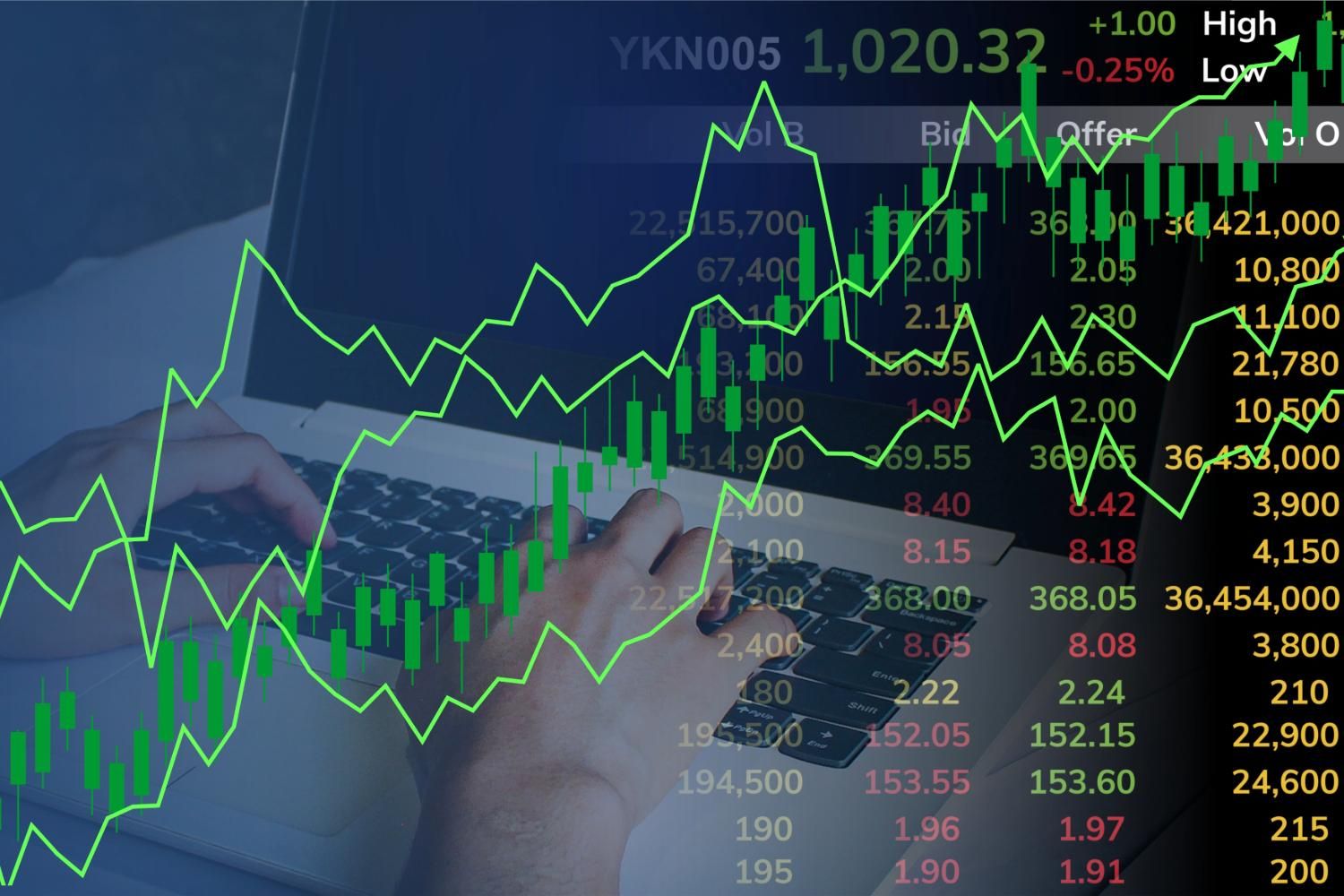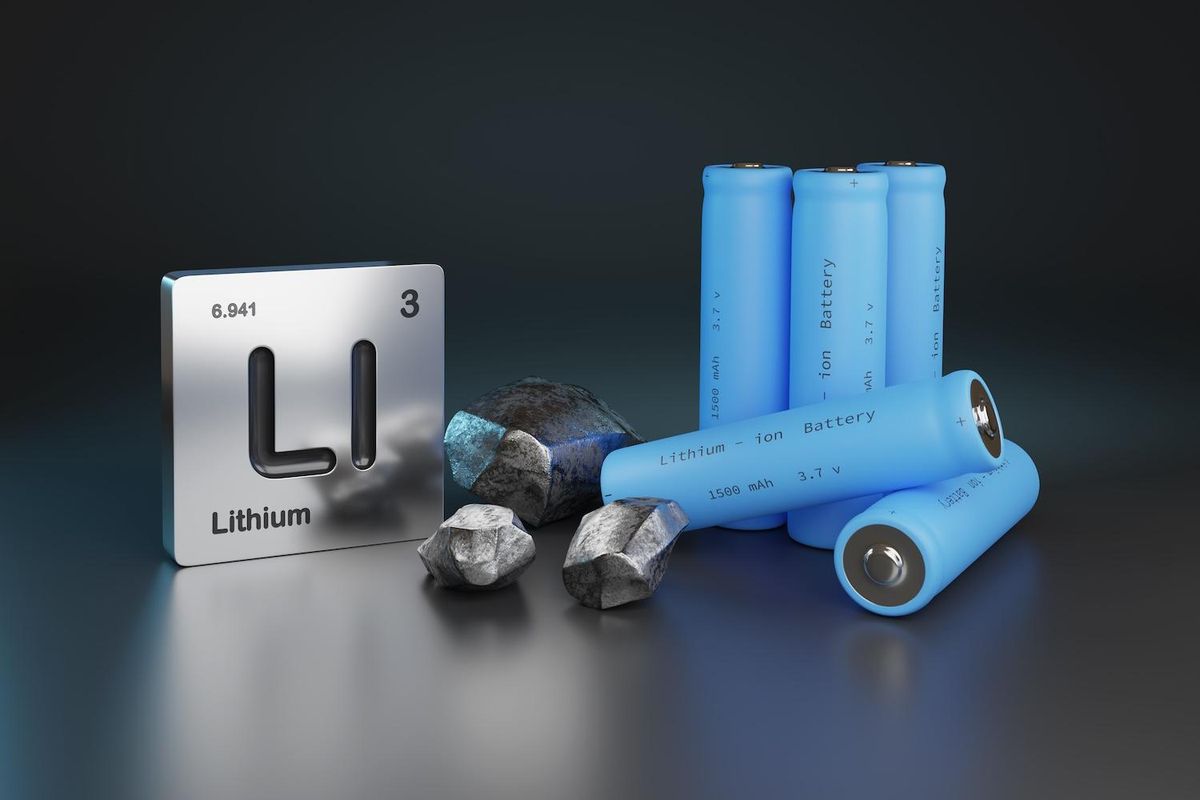
- NORTH AMERICA EDITIONAustraliaNorth AmericaWorld
August 27, 2023
HMW Project Update
Galan Lithium Limited (ASX:GLN) (Galan or the Company) is pleased to provide a project and exploration activities update for its the flagship Hombre Muerto West (HMW) lithium brine project in Catamarca Province, Argentina. The Galan team has been focused on multiple workstreams with encouraging project construction, Phase 2 DFS and exploration results.
Highlights:
- HMW Phase 1:
- Fourth long term pumping test (PBRS-03-23) results record an outstanding lithium mean grade of 981 mg/L; the highest reported grade from a production well in the Hombre Muerto Salar
- Test pit confirms sound ground for ponds construction for HMW Phase 1
- Existing pilot plant continues to deliver lithium chloride samples (6% Li) in support of off-take negotiations
- All six initial Phase 1 brine production wells successfully constructed
- Exploration Drilling - Newly Consolidated Catalina Area:
- First drilling confirms the continuity of the highly fractured domain at 300 metres deep, remaining open at depth.
- 72-hour airlift test running at 6 L/s, confirming huge permeability potential; previous tests recorded averages of only 1-3 L/s
- Other:
- Third party off-take and other strategic discussions ongoing
- Completion of Phase 2 DFS still on track for September 2023
Galan’s Managing Director, Juan Pablo (JP) Vargas de la Vega, commented: “On the HMW Phase 1 construction front everything is moving along nicely with the main earthmoving contractor mobilising to site a week or so ago. Sound and solid test pit ground material results have given us great confidence in the ponds construction.
We are also delighted to report that all wells required to support the HMW Phase 1 production have now been constructed and with 4 long-term pumping tests now complete, we have confirmed the impressive HMW grades and flow rates that are consistently being achieved.
HMW’s newly consolidated Catalina area has provided very encouraging exploration results as we look forward to drilling more holes, along with geophysics, to be included in a future resource update. HMW keeps on growing and giving great results.
Congratulations to the Galan site team for this significant milestone which further de-risks the project. Our path to production is now tangible and real. We remain motivated become a new lithium miner and to start cashflow in H1 2025.”
Click here for the full ASX Release
This article includes content from Galan Lithium, licensed for the purpose of publishing on Investing News Australia. This article does not constitute financial product advice. It is your responsibility to perform proper due diligence before acting upon any information provided here. Please refer to our full disclaimer here.
GLN:AU
The Conversation (0)
20 April
Galan Lithium
Developing high-grade lithium brine projects in Argentina
Developing high-grade lithium brine projects in Argentina Keep Reading...
25 August
Galan Lithium Limited: SUCCESSFUL DUE DILIGENCE COMPLETED - $20M PLACEMENT TO PROCEED
Highlights: All conditions in relation to the $20 million placement to Clean Elements Fund have been satisfied. Due diligence undertaken by Clean Elements Fund validates the standing of Hombre Muerto West ( HMW ) as a world class lithium project, offering exceptional scale and grade. Galan is... Keep Reading...
24 August
Successful Due Diligence Ends - $20M Placement To Proceed
Galan Lithium (GLN:AU) has announced Successful Due Diligence Ends - $20m Placement To ProceedDownload the PDF here. Keep Reading...
01 August
Final At-The-Market Raise for 2025
Galan Lithium (GLN:AU) has announced Final At-The-Market Raise for 2025Download the PDF here. Keep Reading...
30 July
Quarterly Activities and Cash Flow Report
Galan Lithium (GLN:AU) has announced Quarterly Activities and Cash Flow ReportDownload the PDF here. Keep Reading...
28 July
Galan Lithium Limited: Incentive Regime for HMW Project in Argentina
Galan Lithium Limited (ASX: GLN,OTC:GLNLF) (" Galan " or " the Company ") is pleased to advise that the Comite Evaluador de Proyectos RIGI, responsible for awarding the Argentine Government's Régimen de Incentivo para Grandes Inversiones (the incentive regime for large-scale investments referred... Keep Reading...
24 November
CATL Reportedly Plans to Restart Key Chinese Lithium Mine By December
Contemporary Amperex Technology (SZSE:300750,OTC Pink:CTATF) is preparing to restart its Jianxiawo lithium mine in Jiangxi province as soon as early December, industry sources familiar with the matter told Bloomberg.The sources, who declined to be named, said CATL has asked suppliers and... Keep Reading...
24 November
Liontown Resources’ Spodumene Auction Attracts Nine Countries
Liontown Resources (ASX:LTR,OTC:LINRF) held its first digital spot sales auction for 10,000 wet metric tonnes of spodumene concentrate from its Kathleen Valley lithium operations in Western Australia.The auction, attracting over 50 buyers from nine countries, was conducted on Metalshub, a... Keep Reading...
21 November
Top 5 Canadian Mining Stocks This Week: Sigma Lithium Flips the Switch with 64 Percent Gain
Welcome to the Investing News Network's weekly look at the best-performing Canadian mining stocks on the TSX, TSXV and CSE, starting with a round-up of Canadian and US news impacting the resource sector.Statistics Canada released October’s consumer price index (CPI) data on Monday (November 17).... Keep Reading...
18 November
Ganfeng Chairman’s Forecast Sparks Lithium Price Surge in China
China’s lithium market strengthened sharply on Monday (November 17) after Ganfeng Lithium (OTC Pink:GNENF,HKEX:1772) Chairman Li Liangbin said at a domestic industry conference that demand for the key battery metal could grow by as much as 40 percent in 2026.The most-traded lithium carbonate... Keep Reading...
17 November
Ontario Lithium Project Development Update
Green Technology Metals(GT1:AU) has announced Ontario Lithium Project Development UpdateDownload the PDF here. Keep Reading...
17 November
Mineral Resources and POSCO Pen Lithium Joint Venture
Mineral Resources (ASX:MIN,OTCQB:MALRF) and Korean steel producer POSCO Holdings (NYSE:PKX,KRX:005490) have executed a binding agreement, creating a lithium joint venture.According to the release, the new entity will hold 50 percent of Mineral Resources’ existing ownership in the Wodgina and Mt... Keep Reading...
Latest News
Latest Press Releases
Related News
TOP STOCKS
American Battery4.030.24
Aion Therapeutic0.10-0.01
Cybin Corp2.140.00







